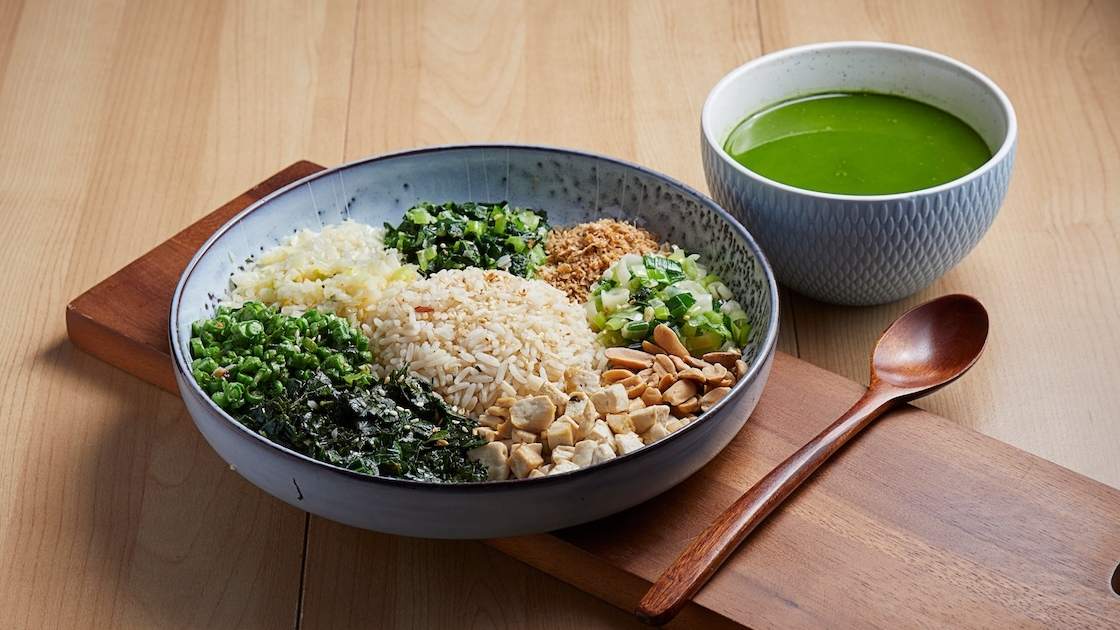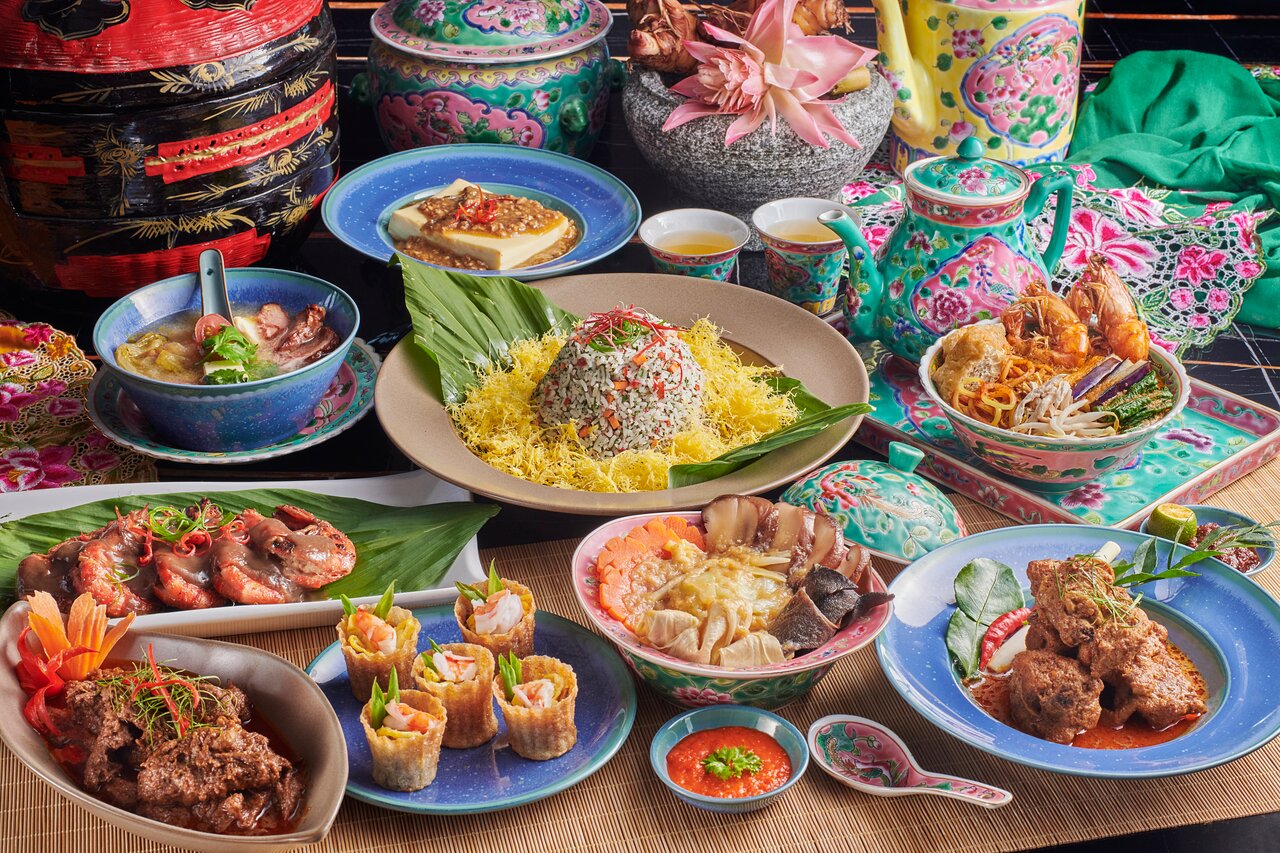Alright, so there’s five liquors on this list — four liquors and one wine if you wanna nitpick. If you’ve even heard of three of them, WeChat me and I’ll buy you a drink (not guaranteed but what do you have to lose). Buckle up because it’s about to get rowdy on this list of lesser-known Chinese boozes. I’m drinking one of them on this high-speed train right now. Here we go, first up:
1. Baijiu (“white wine”)
This one maybe you’ve heard of. Baijiu is brewed from sorghum (whatever that is), and it’s the most-consumed distilled spirit in the world. Damn, looks like you’ve been left out all this time, right? Think “Chinese moonshine,” and imagine gleeful businessmen pouring you glass after glass and relishing the look of confused panic on your paling face. Typically clocks in at around 50% alcohol by volume.
2. Huangjiu (“yellow wine”)
Huangjiu is brewed straight from grains like rice and wheat. But at least it’s not sorghum right? Guzzle down some of this significantly less powerful alcohol, which packs 15-20% alcohol by volume. You’ll be relieved to identify the taste as a pretty tolerable wine-y vinegar flavor — worlds away from the gasoline runoff of baijiu.
3. Museles (Traditional Chinese Muslim Wine)
Actually, the vast majority of Chinese alcoholics are perfectly content with baijiu and huangjiu. Foreign liquors are of course catching on more and more (in major cities you can buy whiskey, tequila, etc. at most corner stores) and the market for red wine is currently exploding. But that’s not what we’re here for. We’re going deep on the traditional alcohol native to this iconic land, and we’re about to bring the noise with MUSELES.
Museles is a grape wine that’s been produced by the Muslim population of Xinjiang since perhaps the 4th century, despite the religion’s prohibition of alcohol. Locals look at it almost more like a medicinal drink than a social lubricant, and the process hasn’t changed too much over the past few centuries. Procure local grapes, crush by hand, strain through the silk of the Atlas Moth, age and enjoy. Different regions brew their wine with other additional ingredients, ranging from goji and mulberries, to the sea-buckthorn shrub, to lamb blood, raw pheasants, pigeons or chickens. Turn up!
4. Qingke Jiu (Tibetan Highland Barley Wine)
Highland barley wine is a Tibetan specialty (by the way, “wine” in Chinese just means alcohol of any kind). That’s because the specific hull-less barley it requires is found only in Tibet, which is also why it’s the region’s drink of choice. There’s also a beer version, but this isn’t Intro to Booze: A Guide for Young and Curious Kiddos — go for the real thing, with a highly respectable alcohol content of 42-55%.
5. Luzhou Laojiao (Luzhou Old Cellar Wine)
Sometimes you gotta kick it old school. Sometimes you gotta take it back to the source. Of course, I’m talking about luzhou laojiao, the fermented peach liqueur from the Ming Dynasty. The original distillery dates back to 1573, making the drink one of the oldest Chinese liquors still in production. It’s also 52%, so you can get shwasty while enjoying the diligent work of 16th century winos. Also, in 2013 it beat out Jack Daniel’s to secure the #14 spot on Drinks International Magazine‘s list of Top 50 Spirits and Wines. So that’s something.
Nursing variations of the same handful of drinks night after night, we don’t think about what else is out there. So next time you pull up at the bar, consider these fine Chinese alternatives. While your friends are doing tequila shots (sheesh, again?), you’ll be sipping on a fine Ming Dynasty brew, or a luxurious glass of pheasant wine. Cheers!















